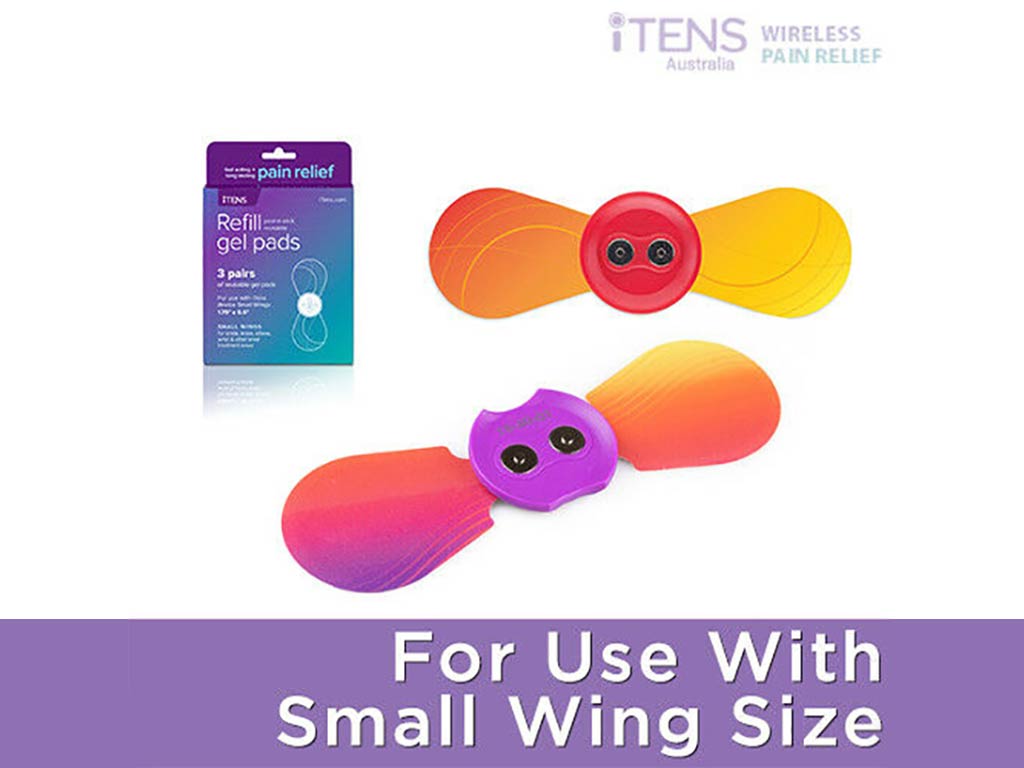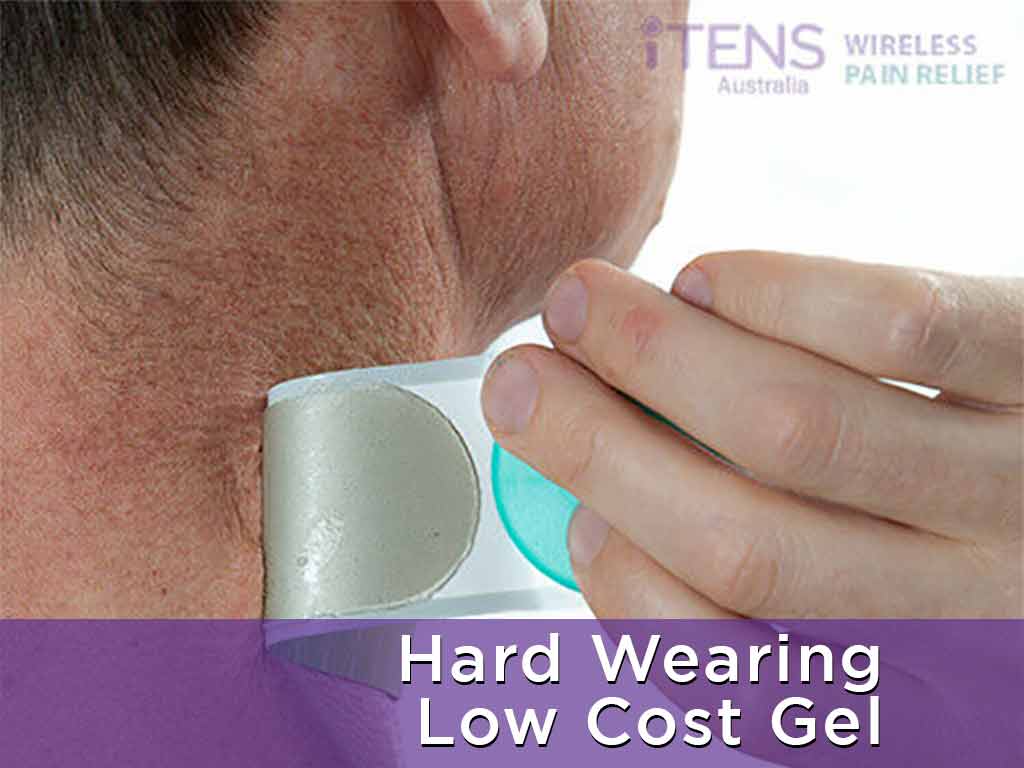
Electrical Muscle Stimulation (EMS) is a treatment modality aimed at strengthening and toning the muscles. They are also beneficial for alleviating muscle pain, soreness and stiffness. Hence, many may be interested to know if they can use EMS for neck pain. This therapy is safe to administer for the neck and upper back regions. The right amount of stimulation can effectively reduce muscle spasms and improve the range of motion in the neck.
Neck pain is one of the common causes of discomfort for many people. A variety of factors, such as poor posture, stress, or muscle strain, can cause it. Electrotherapy, like EMS, is one of the most convenient methods of treating cervical pain. However, there are some important considerations to keep in mind when using EMS. This article will present the uses and effectiveness of EMS therapy for neck pain, how it works, and how to conduct this treatment.
What is EMS for Neck Pain?
EMS is a form of physical therapy that uses electrical currents to stimulate the muscles. It is a common treatment for people with muscle aches, injuries, and postoperative pain. EMS for neck pain can be a valuable tool in targeting specific muscles in the neck. It can help relieve muscle spasms, stiff neck, and even upper back pain.
The therapy uses a portable device called the EMS machine. It consists of a control panel and sets of adhesive electrode pads. When people place the electrodes on the skin, it causes muscle contractions. It is similar to Transcutaneous Electrical Nerve Stimulation (TENS) but with a stronger stimulation.
When it comes to safety, EMS is generally safe. However, it is essential to follow the instructions provided by the manufacturer and consult with a professional before starting treatment. Some individuals, such as those with heart conditions, implanted devices, and pregnant women, may not be suitable for EMS therapy. It also includes proper electrode placement to minimise potential adverse risks.
Causes of Neck Pain
- Muscle strain or tension – Everyday activities like bending over a desk and overuse can pull and tear the muscle fibres.
- Injury – This includes whiplash or trauma. Whiplash is the forceful, rapid back-and-forth movement of the neck.
- Poor posture – Slouching or holding the head in a forward position can strain the neck muscles and ligaments.
- Arthritis – Wearing of the joints in the neck can lead to inflammation, pain, and stiffness. Common types are osteoarthritis and rheumatoid arthritis.
- Chronic nerve pain – Compression of the nerves in the neck due to herniated discs or bone spurs.
- Poor muscle tone – Weak neck muscles increase susceptibility to injuries.

How Does EMS for Neck Pain Work?
EMS for neck pain works by delivering direct currents to the muscles in the neck, causing them to contract. These electrical pulses mimic the action potential to contract the muscles, similar to when a person exercises. However, the electrical stimulation causes involuntary rhythmic contractions rather than voluntary ones. Thus, it can help strengthen the muscles without straining them.
Users place surface electrodes on the skin of specific muscles in the neck to target the source of the pain. The EMS machine has controls to adjust the pulse rate (frequency), duration, and intensity based on individual comfort levels and treatment goals. High-frequency stimulation can disrupt pain signals going to the brain, resulting in neck pain relief.
EMS or electrotherapy for neck pain can help reduce muscle tension and pain symptoms from musculoskeletal disorders. The reduction of pain sensations enables individuals to improve neck function. Thus, it allows them to perform activities without interference. Overall, it can help improve the quality of life of people with acute or chronic pain.
Benefits of Using EMS
EMS offers numerous benefits to individuals with various conditions. Firstly, EMS helps increase muscle strength and endurance in a shorter period of time. The stimulation can activate deeper muscle tissues that may not often be reached through traditional exercises alone. Secondly, EMS contractions help prevent muscle atrophy.
Thirdly, EMS can help improve blood circulation. The increase in blood flow helps reduce joint inflammation and muscle soreness in the neck. Hence, this can result in an increased range of motion and significant neck pain relief. Lastly, it enables quick recovery for those with tissue injuries or users dealing with postoperative pain.

How to Conduct EMS for Neck Pain
Conducting EMS for neck pain relief involves a few simple procedures. The first thing in mind is to determine the precise treatment area. Doing so would allow the proper placement of electrodes for safe and effective use. Then, attach the electrode pads on the skin, particularly on targeted muscle groups. For neck pain, place one set of electrodes on either side of the cervical spine.
Next, turn on the EMS machine and adjust the settings according to the type of pain or comfort level. Start with a low intensity and gradually increase it as needed. The duration of each session may vary depending on individual needs. However, it typically ranges between 15-30 minutes per session. It is advisable to consult a healthcare professional to determine the appropriate settings and pad placement for neck pain.
Consistency is crucial when using EMS for chronic nerve pain in the neck. Regularly scheduled sessions with proper rest and stretching exercises can help alleviate discomfort. It can also improve muscle strength and flexibility over time. It is also vital to note the response of the body to the therapy and make adjustments when necessary.
Safety Precautions
Using EMS for physical therapy requires following safety precautions to avoid risks or side effects. A key aspect to remember is to avoid sensitive areas. Users should avoid putting the electrode pads on the front and sides of the neck, head and spinal cord. This precaution prevents unwanted stimulation of blood vessels that may lead to adverse effects.
Additionally, those with pacemakers or other implanted devices should avoid using EMS therapy to prevent interference with these devices. Individuals should also avoid electrode contact on areas with skin irritation, open wounds, and decreased sensations. Lastly, do not use near water.
Conclusion
EMS for neck pain can be an effective and safe treatment option for individuals seeking pain management. This therapy stimulates primary muscle fibres to improve strength and endurance. This can lead to a significant reduction of pain levels, improve blood circulation, and promote recovery. In addition, it can be helpful with various pain conditions, including joint pain, neuropathic pain, musculoskeletal disorders, and spinal cord injuries. However, it requires careful usage to prevent adverse risks.
To use the EMS machine, place the electrodes on the target area and adjust the settings. Users can customise their treatment to best suit their needs. However, the effects of electrotherapy should not cause further discomfort or pain. Individuals may need to adjust the stimulation to accommodate their response to the treatment. Furthermore, a consistent routine can help maximise the benefits of EMS. Nevertheless, consultation with a healthcare professional is advisable to ensure the correct usage and safety.







